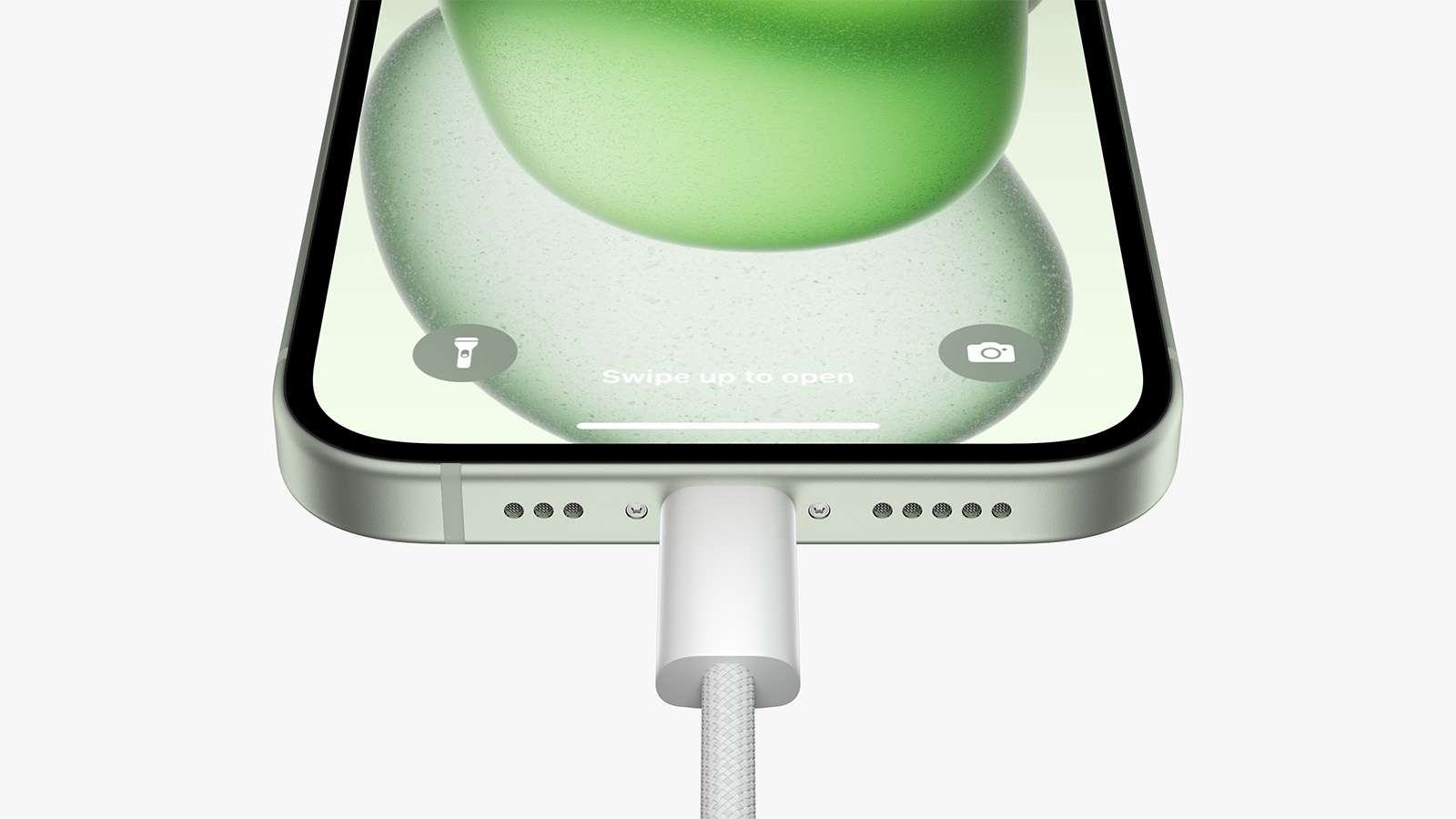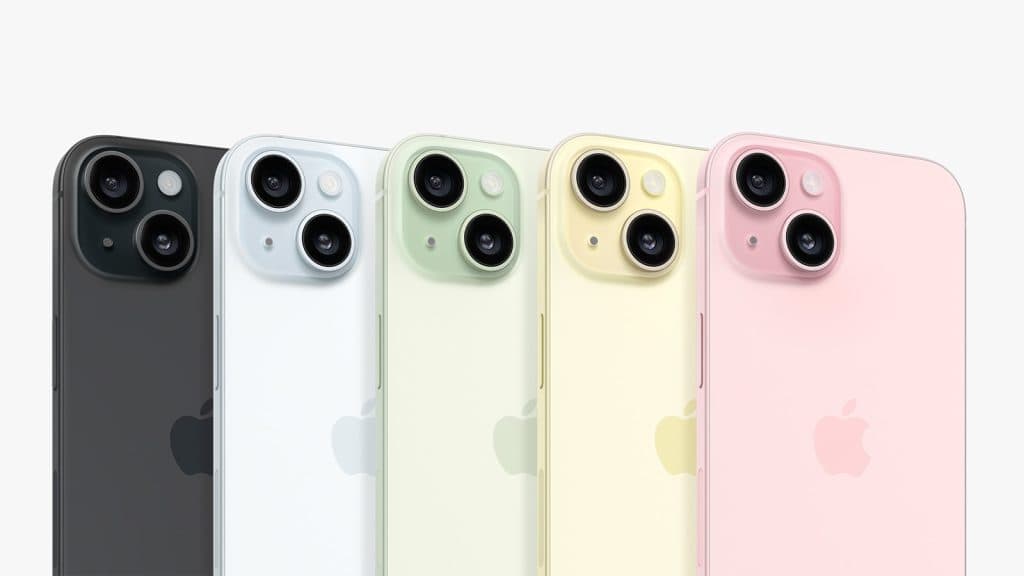Why the iPhone 15’s USB-C port isn’t as good as you think
 Apple
AppleThe iPhone 15 has finally been revealed. With many fans applauding Apple for the inclusion of a USB-C port. But, it might not be quite as good as many people expected.
There are a lot of reasons to like the iPhone 15 lineup, as well as pretty much every other product that Apple revealed at yesterday’s keynote. However, the inclusion of USB-C has been long-awaited by Apple fans and speculators alike.
The company first adopted USB-C in 2015, but it’s taken eight years for the company to bring the port over to its most popular product; The iPhone. But, its implementation might leave some users feeling a little wanting, especially on the base iPhone 15 model, which uses the exact same USB 2.0 standard as its Lighting-based predecessor.
USB 2.0 was released in the year 2000. It might even be older than some of you reading this. This is the exact same standard used in the company’s Lighting connectors we’ve seen for years. So, in reality, nothing much has really changed aside from the shape of the port.
This pales in comparison to the ports we see from competitors, which use additional features like high-wattage charging, or faster transfer speeds. Granted, the iPhone 15 Pro manages to bring it up to USB 3.0 speeds, but it is still a far cry from the high throughput that the USB-C form factor can offer.
For example, the Samsung Galaxy S23 offers up to 45W charging speeds, making it incredibly quick to juice up your phone in minutes. Some phone manufacturers even break the triple-digit mark for charging speeds, too.
But, Apple does have a reason for why the base iPhone 15 is limited to a paltry USB 2.0 standard.
The iPhone 15 uses last year’s chips
 Apple
AppleApple is using the A16 Bionic chip in the iPhone 15, which we previously saw in the iPhone 14 Pro model in 2022. The chipset is undoubtedly powerful, with plenty of power under the hood. The problem is, however, that it does not natively support USB 3.0 or faster.
To combat this, the A17 Pro, which is used in the 15 Pro and Pro Max has a USB 3.0 controller chip, allowing the new Pro phones to have an acceptable transfer standard in 2023. This is mind-boggling but makes perfect sense when you consider how Apple chooses to make its iPhones.
The older A16 Bionic was used in a device that has a Lightning connector, so it adheres to Lightning’s USB 2.0 standard. For the iPhone 15, the only thing that really changed here is the shape, and the chip is being reused. So, what you end up with is a rather confused phone and port.
The base iPhone 15 will cost $799, and while the port might not matter to some, it is a glaringly archaic specification for Apple to reveal for its brand-new phones.



